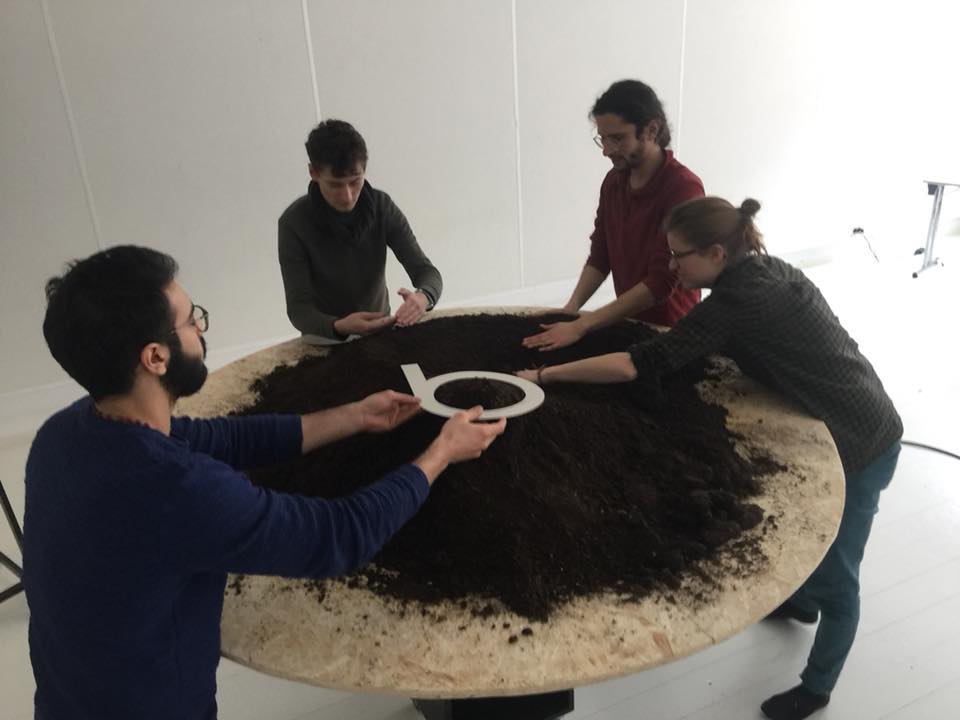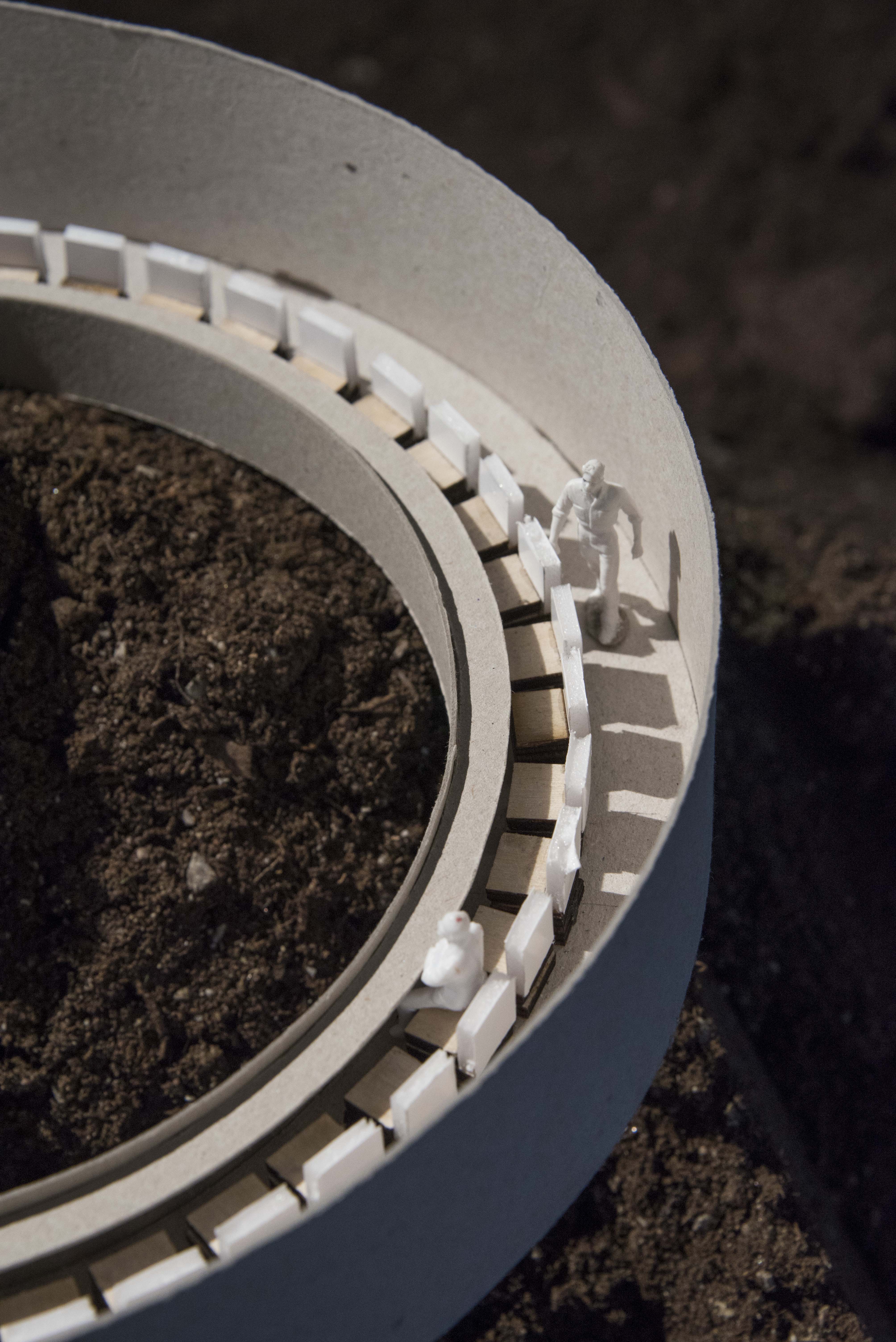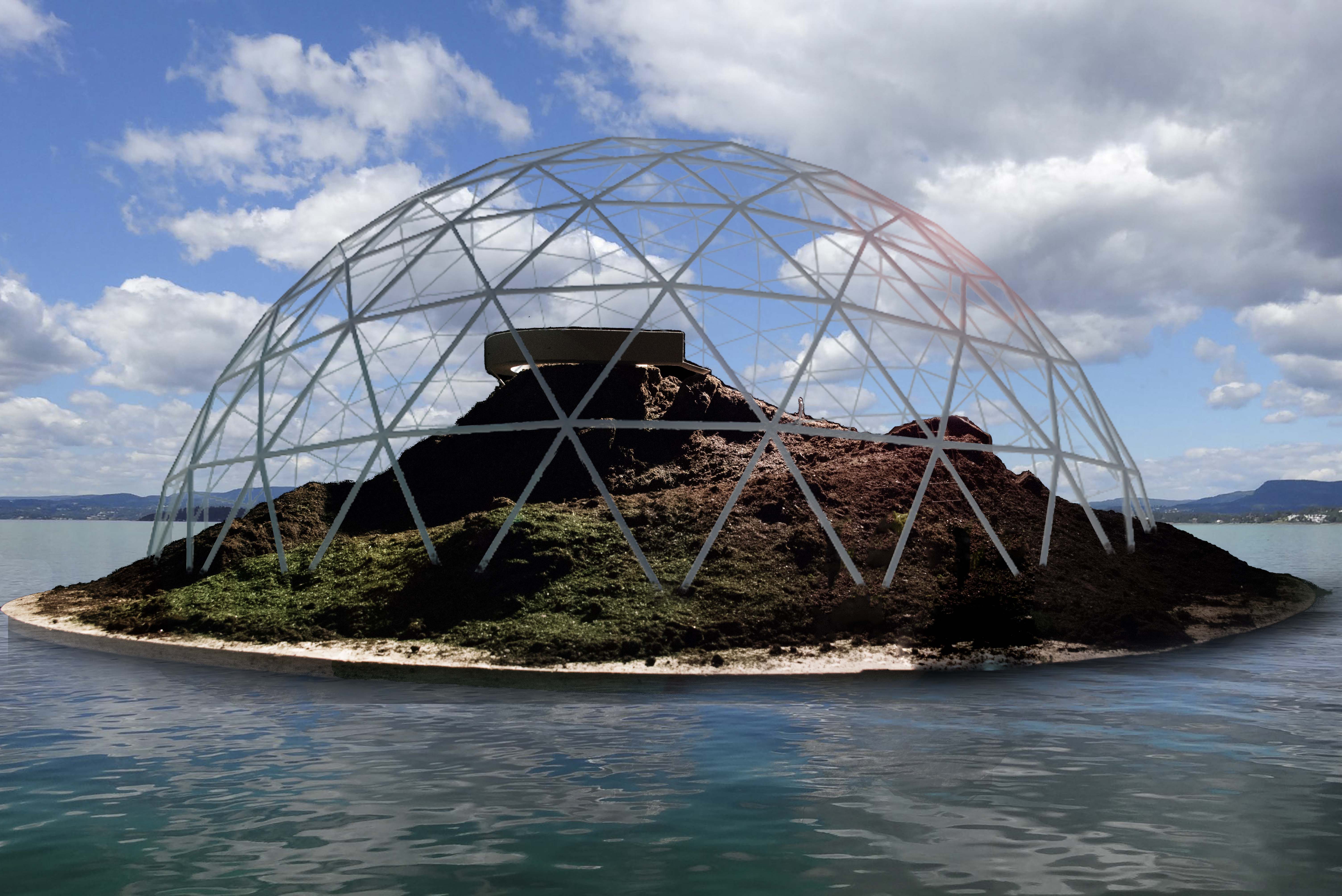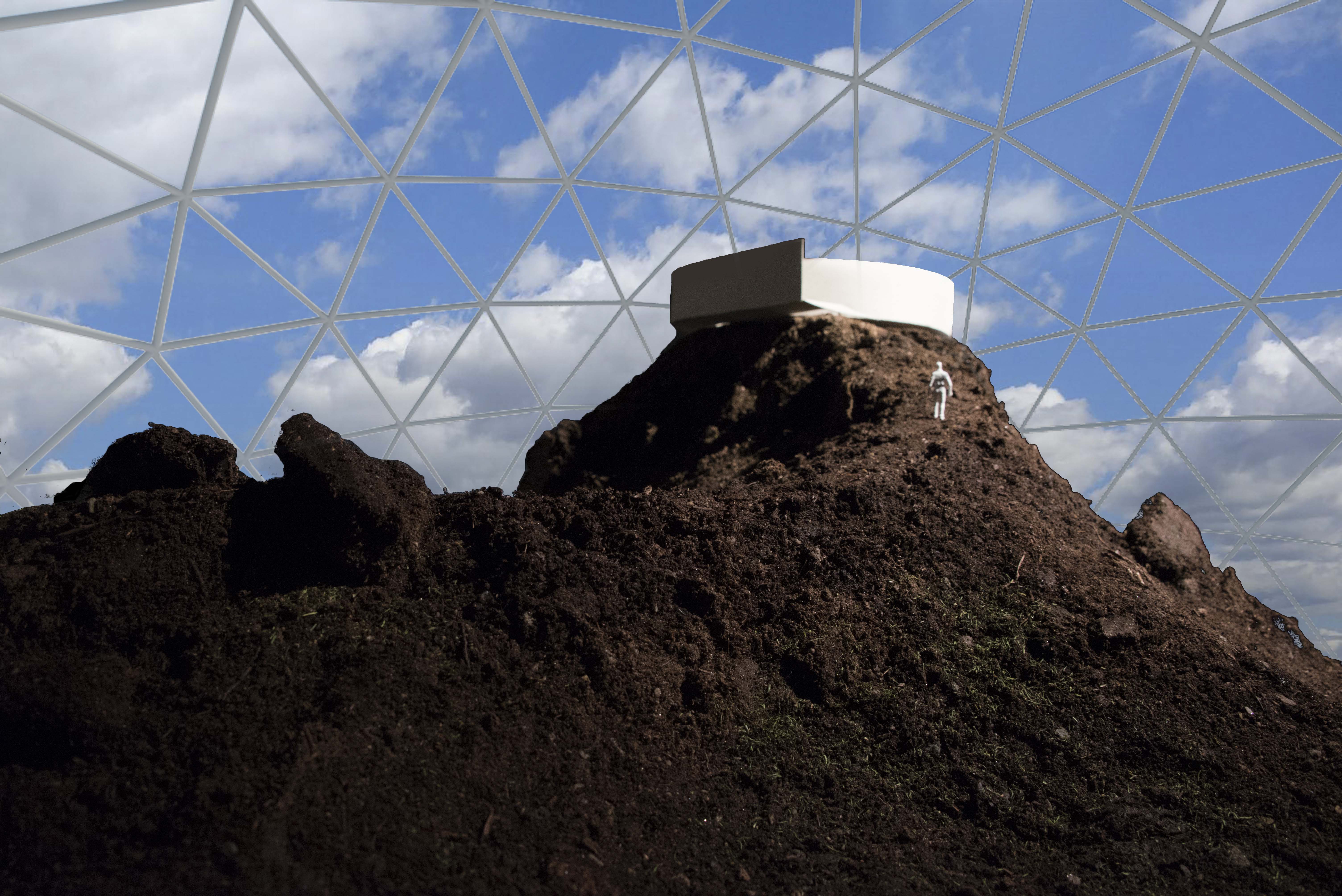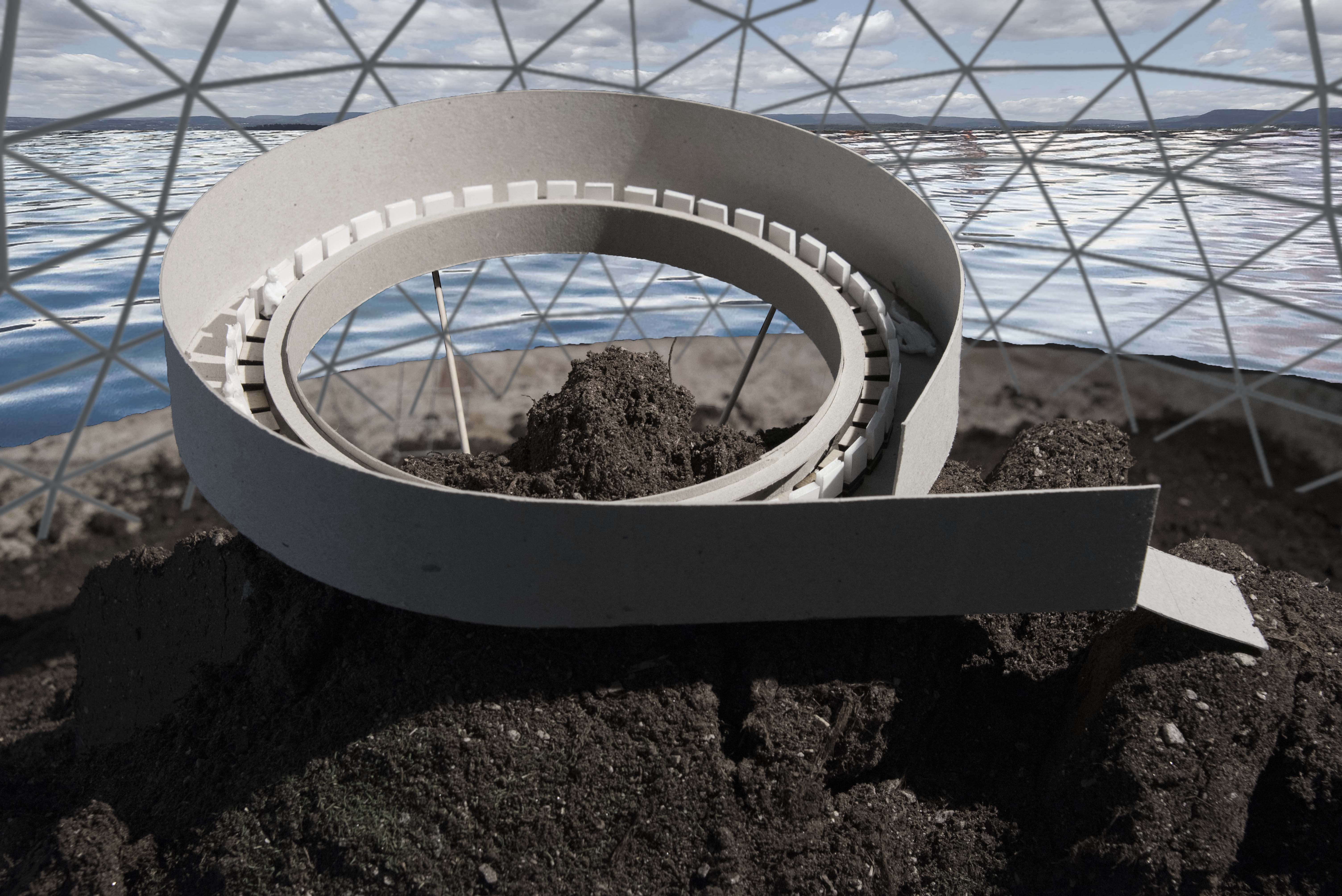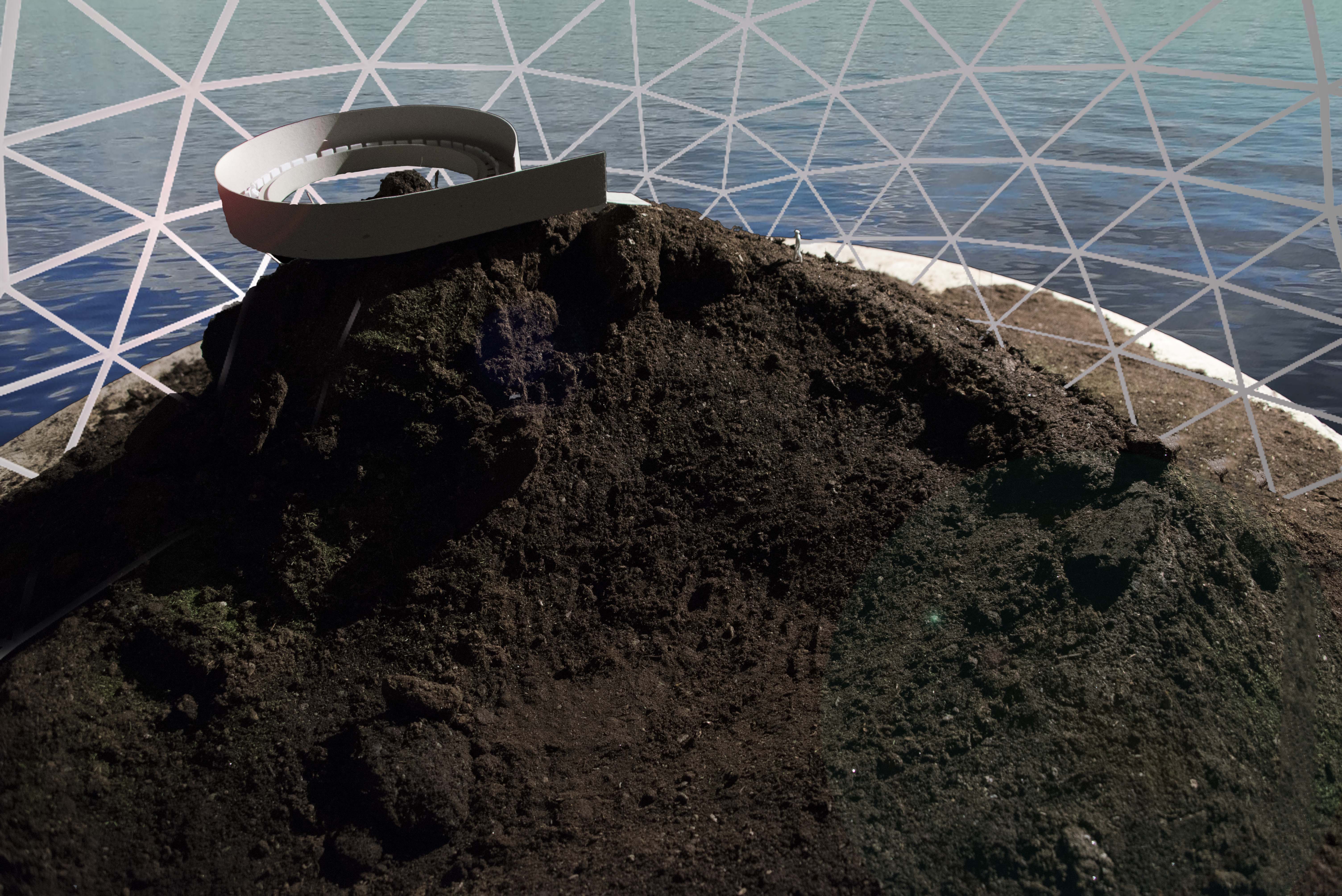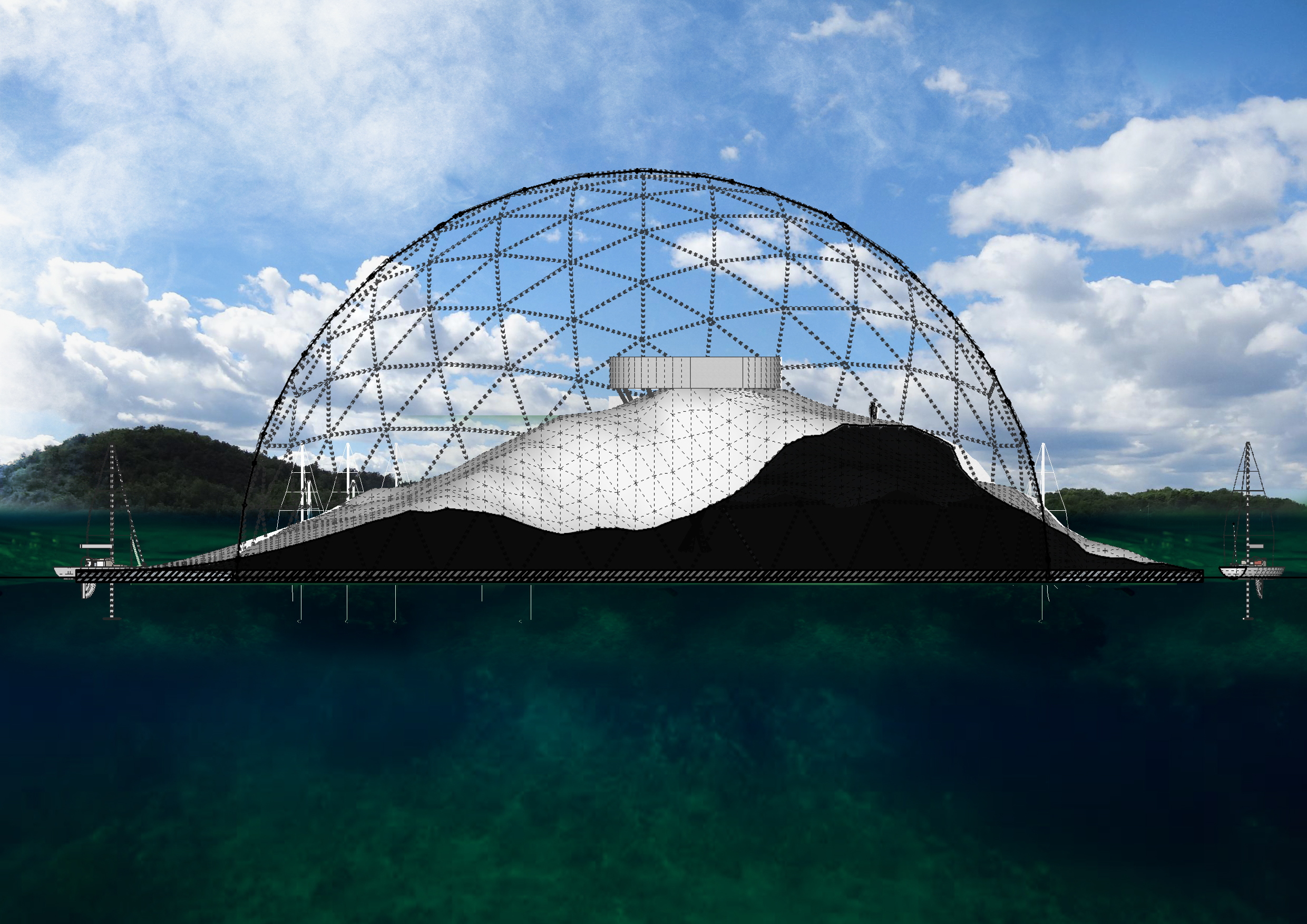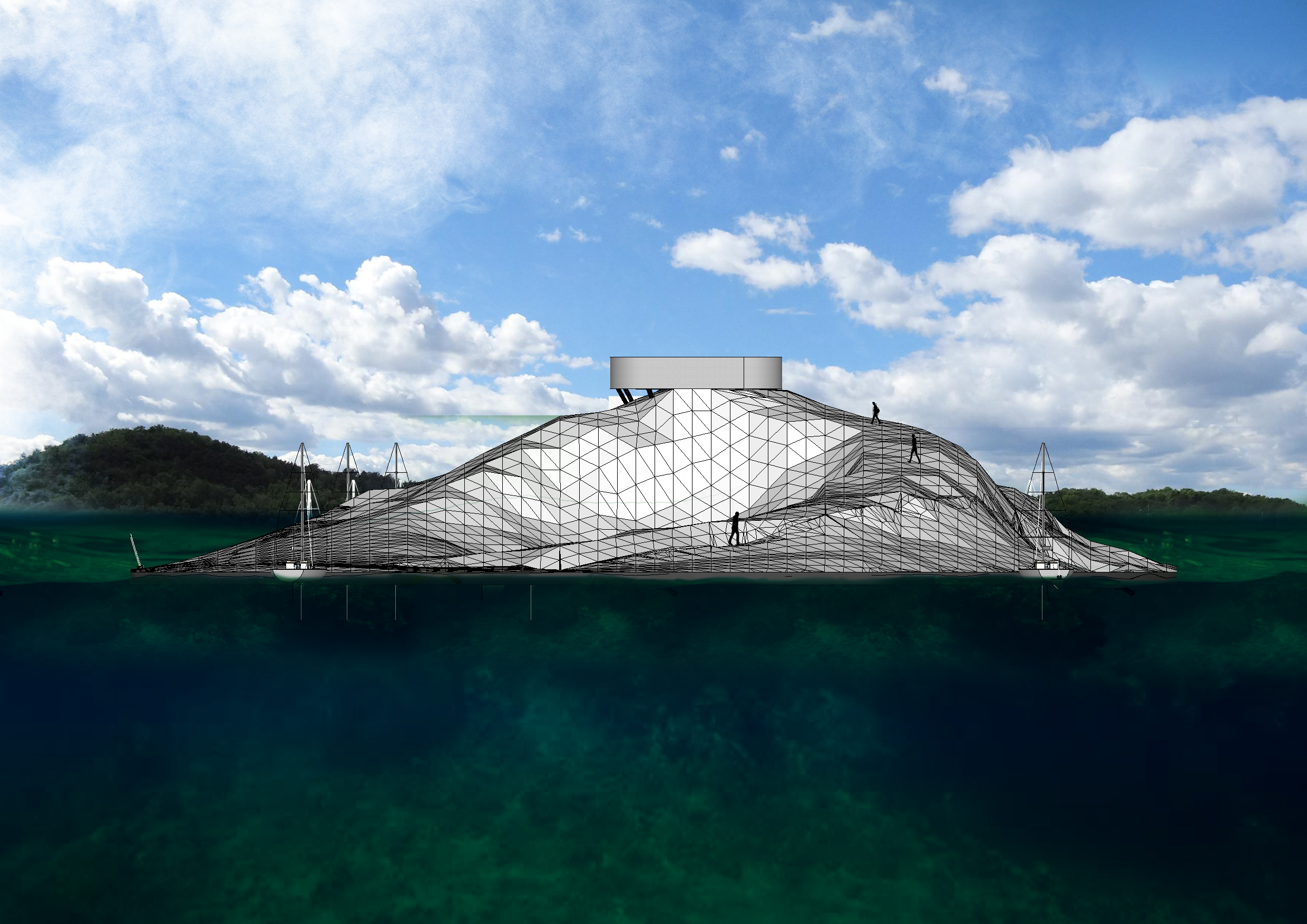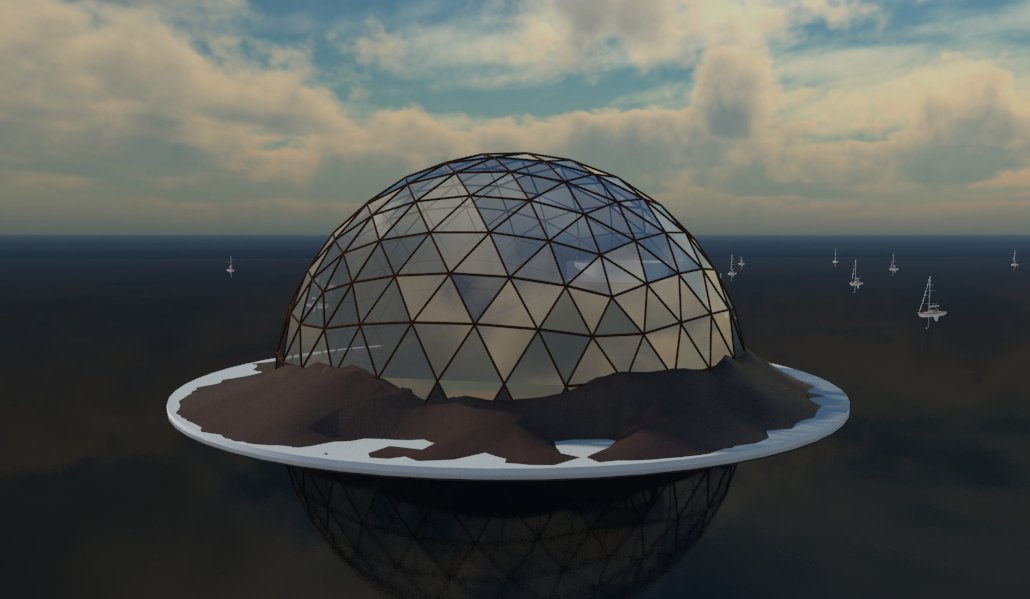Ting: Noun, derived from Old Norse, meaning 'great assembly' and 'thing,' a place or void to be enacted and given meaning by action and content. Often refers to a site remote from the city (cf. Icelandic Althing or old parliament).
'The "here" - where we are - is an enigma. We are all lost.'
Bruno Latour (in conversation with Line Marie Thornsen and Anette Vandso)
A Norwegian Land Ting
Ten days laboratory investigating the question of parliament as a theatre of the world.
Grey Room, Fredrikstad, Norway
Spring 2018
Grey Room, Fredrikstad, Norway
Spring 2018

Bruno Latour's latest book 'Where to land?' urgently challenges current systems of governance, which privilege limited and unbalanced aspects of human interests, ignoring the many things and conditions which must be taken into account if we are to stand any chance of resituating ourselves on a wounded, misunderstood earth.
Our workshop has looked at how Norway -as a beacon of democracy and Europe's Green Capital 2019- could propose a new, evolving form of deliberation, reflection, and even legislation -something like a parliament or council- which attempts to approach this complexity. It is situated in an 'almost-here,' floating in the Oslofjord.
Parliament is performance and theatre, partly fully presentational, backstage and rehearsal room. Parliament is also -more broadly- how we manifest as a society in microcosm, how we communicate, how we collaborate and compromise, how we create a spectacle to convince, how we relate through modes proper to theatre and scenography such as participation, witness, awareness, ritual, and narration.
Our laboratory proposes an experimental council, a legislative body that includes representations of things and conditions missing from 'standard' democratic systems. Aspects of the Land (by which we can understand all terrestrial 'agents' - inanimate or not - such as air, water, soil, forest, wild or domestic animals, as well as marginalized indigenous groups and 'ordinary' citizens) will be given parliamentary representation as legitimate elements of a true terrestrial democracy. They will take their place alongside traditional elected and unelected power groups to expect historical oppositions of left-right and capital-labor will become irrelevant in future politics.
The overriding political question of the coming decades will be that of global disorder due to inevitable climate change, with profound impacts on farming and food, infrastructure, human, animal, and vegetal migration, and further geological effects such as erosion and drought. The Land Ting will be charged with planning for and reacting to these conditions and can be seen as a prototype that will self-adjust, evolve, and eventually exist in all nations and as a planetary body, also in Oslo: a kind of United Nations of the entire earthly system.
The overriding political question of the coming decades will be that of global disorder due to inevitable climate change, with profound impacts on farming and food, infrastructure, human, animal, and vegetal migration, and further geological effects such as erosion and drought. The Land Ting will be charged with planning for and reacting to these conditions and can be seen as a prototype that will self-adjust, evolve, and eventually exist in all nations and as a planetary body, also in Oslo: a kind of United Nations of the entire earthly system.
The proposal resulting from our workshop takes the form of an anchored, floating platform, 90 meters in diameter, built a 70-meter diameter lightweight, the transparent geodesic dome. An artificial mountain made of waste material (construction debris, gravel, sand) sits inside and partly outside this dome and is shaped to allow various forms of occupation. It comprises an amphitheater and a ridge path leading to the council space, a ring hovering around the mountain summit, accessible from one point only above a gash in the mountain. It has 50 seats around a central void with an acoustic screen behind it. The inaccessible mountain top occupies the space as a reminder of the things, agents, and conditions whose fundamental role is in this council. The space is conceived to allow egalitarian eye contact and audibility between all the participants. A gangway beyond the seating (slightly lower height) allows individual connection, private conversation, and private briefing of members by their advisers.
The council ring is isolated but can benefit from various forms of secondary and logistical space. Each member will have a delegation sailboat proposing sleeping, eating, office, and meeting facilities. The arrival for deliberations (and departure if they conclude) will take on a ritual character. The 'island' will be accessible to the public outside of meeting sessions, and public debate, explanation, and performance can be held on the harbor and in the amphitheater.
The council ring is isolated but can benefit from various forms of secondary and logistical space. Each member will have a delegation sailboat proposing sleeping, eating, office, and meeting facilities. The arrival for deliberations (and departure if they conclude) will take on a ritual character. The 'island' will be accessible to the public outside of meeting sessions, and public debate, explanation, and performance can be held on the harbor and in the amphitheater.
Guide architect: Andrew Todd
Participants:
Liam Monzer Alzafari
Klara Krämer
Felipe Osorio
Ragnhild Følling Volden
Patryk Wasylewski
Guest critic: Kristoffer Tejlgaard, architect (Copenhagen)
Kristoffer is a leading proponent of deeply sustainable architectures in wood. His projects include the three Domes of Visions (Copenhagen, Aarhus, Stockholm). Work currently being studied spans from Sweden to Britain.
Participants:
Liam Monzer Alzafari
Klara Krämer
Felipe Osorio
Ragnhild Følling Volden
Patryk Wasylewski
Guest critic: Kristoffer Tejlgaard, architect (Copenhagen)
Kristoffer is a leading proponent of deeply sustainable architectures in wood. His projects include the three Domes of Visions (Copenhagen, Aarhus, Stockholm). Work currently being studied spans from Sweden to Britain.
